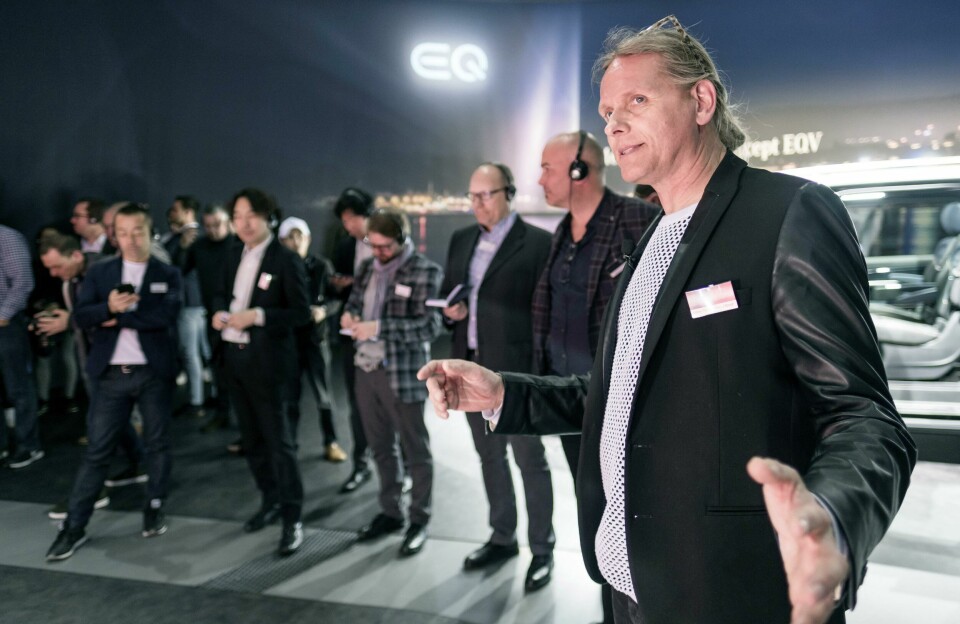
Mercedes-Benz on exterior design, new tools and why specialism still matters
Car Design News recently caught up with Achim Badstübner, head of exterior design at Mercedes-Benz. Here he looks back on past trends in exterior design and where things are headed amid the influence of AI, marketing and evolving skillsets
With the onset of EVs, AVs and AI, exterior design is in a real state of flux. Aerodynamics seems to have been pushed up the hierarchy but alongside an increasing appetite for unique, futuristic designs that feel in-line with a battery-powered vehicle that can in certain situations drive itself. It is becoming quite the juggling act.
At Mercedes, the man tasked with leading exterior design is Achim Badstübner, who joined from Audi in 2013 and has had a hand in models like the GLE and CLA. Car Design News took the opportunity to sit down with him during the Munich-based Car Design Event to talk all things exteriors, hiring and how the role of the designer is evolving.
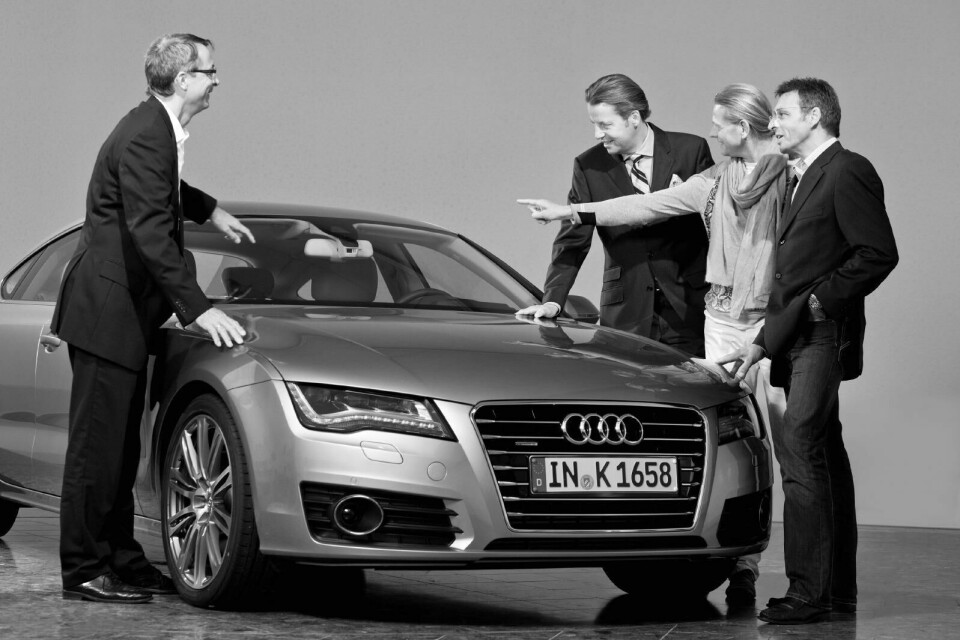
We have heard a growing narrative from some OEMs that cars are being designed from the inside out. As an exterior designer, does this resonate with you?
I don’t really agree with that thinking, personally. It is a bit of a marketing angle. In a way it is true because you do have a package to work with – you need to know where the steering wheel is, how much space you have to play with – so you have to start with the technical things. But you don’t necessarily start with the instrument panel. If you look at our EQS with the Hyperscreen, of course the screen is a major part of the design but we didn’t start with that and build everything around it. The interior is a very early input and one aspect, but not the jumping off point.
Exteriors will always be my focus but other elements of car design can decide whether the customer buys the car
The approach will vary from brand to brand, I suppose, but yes – the exterior is usually what draws you in.
Exterior is and always has been the first trigger for our customers. You see a car on the road or in a commercial and go for a test drive. So it is and always has been a main issue. But just as there are so many more motorsports than just Formula 1 these days, the same thing is true for exteriors. Exterior design is important, but it is not the only thing. As an exterior designer that will always be my focus but other elements of car design can decide whether the customer buys the car these days.
Which areas of car design do you feel have grown in importance of late?
UX in particular is becoming more important; about eight years ago we established a new department just focussing on this. For a customer ten, 20 years ago it was important that you had enough space and headroom – basic ergonomics. Now I think you might consider not buying a car if it did not support Apple CarPlay, have a certain sound system or in-screen navigation. It’s a no-go if you don’t have these things.
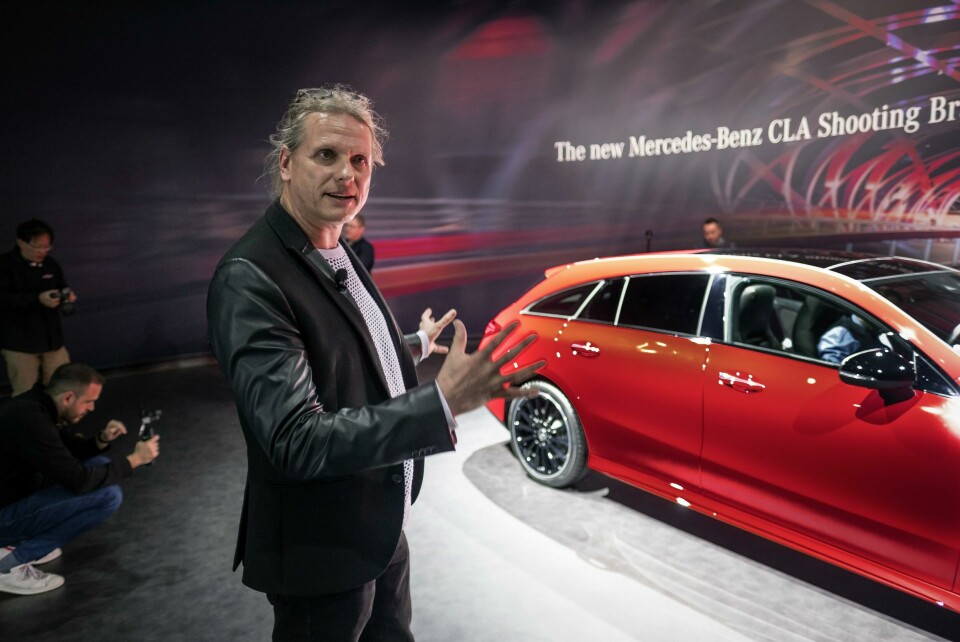
You’ve been in exterior design across multiple brands. How has that process evolved over the years?
The process has changed tremendously. I recall the good old days where you had weeks to just finish a clay surface but now you mill it overnight and everything has already been calculated for tooling. It is much, much faster than 20, 30 years ago. The other thing is that marketing plays a bigger role. If you have a niche product, you will always have strong fan but if you want to continue growing from decade to decade you have to be more in the middle ground and cannot be quite so extreme.
Customer feedback also plays a bigger role, so that is becoming more challenging. I have heard some brands are having to design specifically for Chinese design tastes, for example, which is not something I remember hearing about in the past – but you need to respect those large customer bases if you want to grow. The next big upcoming trend for exterior designers – I’m hesitant to say – is artificial intelligence.
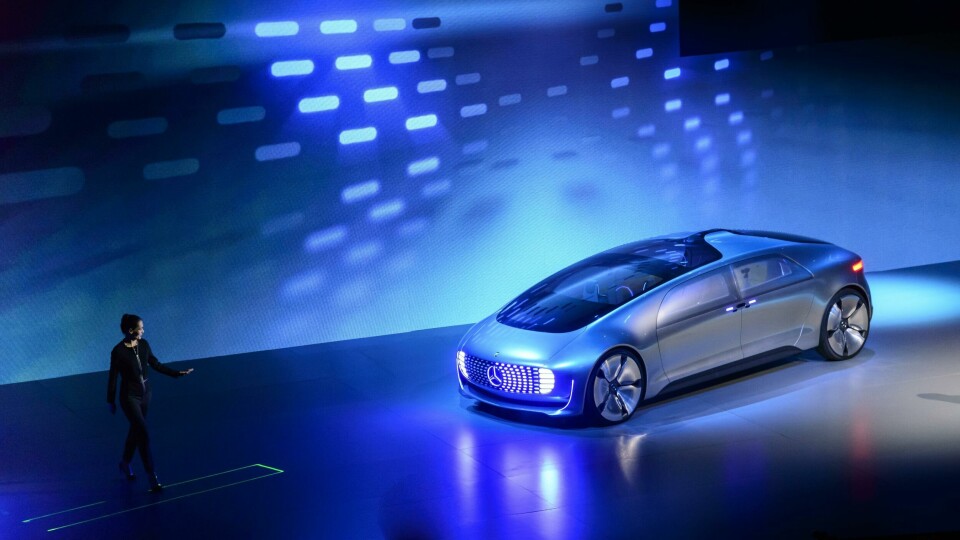
I did wonder when we would get to the topic of AI…
AI is something that is being viewed very intensely at the moment. I have people in my team that are working on this specifically, testing it out, seeing how we can use it, what works and what doesn’t. This will probably be the ‘big thing’ over the next two to five years, but at the moment we are only exploring.
If you look back on your time as an exterior designer, was there a similar trend or technology that captured peoples’ attention in a similar way to how AI has?
This theme has been going on for years: if you draw with a pencil, a marker pen, an airbrush, the tool you use changes the result. There was the introduction of computer-aided design (CAD), for example. Before this, people trained as designers which meant “you can draw nice pictures.” And if you had another skill – like engineering – you basically had an extra goody to bring. About 20 years ago at Audi we had a pilot programme with one team using only traditional methods like clay and then one using CAD only, just to see if there was a different outcome in design.
Almost all my designers can do a car in a week completely by themselves
Was the aim to see which method was faster without hampering the end result?
That was part of it, but it was less about the design schedule and more about the form language of the design.
I suppose that makes sense – people don’t buy cars based on how quickly they were designed…
Exactly, it was about finding ways to improve the appearance and solving design challenges. For example, big volumes can be done quite quickly, but delicate details like A-pillar transition and fenders are quite tricky. Before we had dedicated clay and CAD model makers, and designers gave sketches to both and they had to interpret it. About a decade ago, students started being asked to do all of this themselves as overall designers, and there was some real pushback against this. But today, I can say that almost all my designers can do a car in a week completely by themselves.
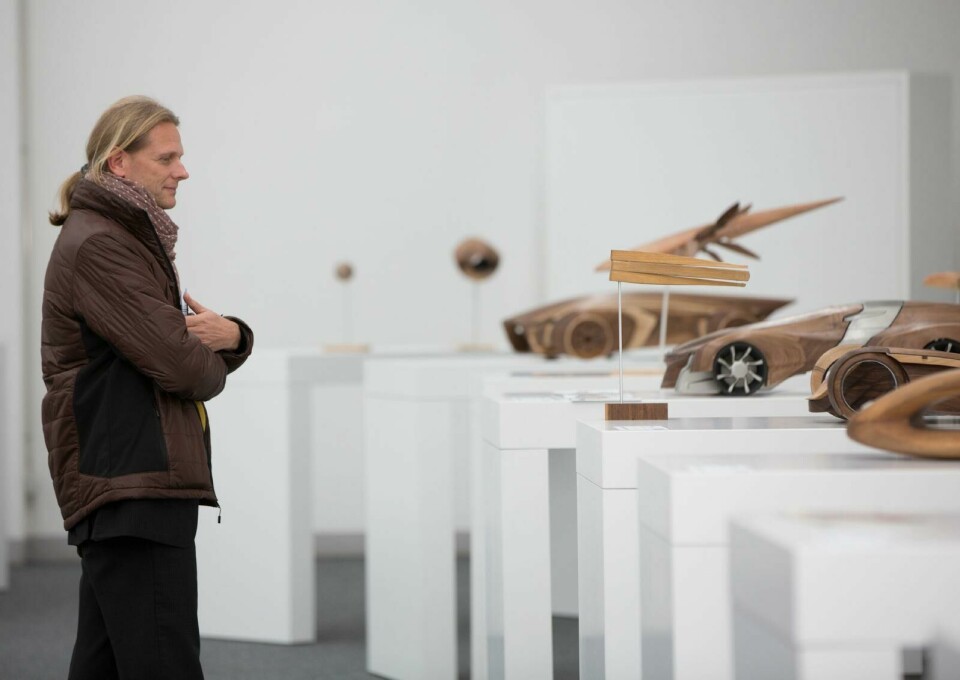
So designers of today need to be more well-rounded, more multiskilled?
Yes. Before it was very specific and linear. There is a children’s game in Germany called Stille Post – where one person whispers something at the start and you compare how it sounds at the end and it sounds completely different – and it used to be a similar thing with designers. They would sketch something and then take it to a CAD or clay modeller who inteprets it slightly differently; then it goes to the technical engineers who change it slightly again, then it goes to tooling and so on. It loses more and more of its original intention. But by combining all of these skills together, designers can pretty much get exactly what they want as they have more control over the development. We have to see how AI fits in with all this.
There has been a shift and we are asking whether designers need to be quite so committed to just cars
So if we think of the modern designer as being a jack of all trades, what is the next step? Will we still have the traditional split between dedicated interior, exterior, CMF and UX?
That’s a good question. We have been splitting the role of design up and going deeper and deeper. I have exterior designers focussed on headlamps or wheels, which have very specific requirements. You need these kind of experts. You can’t just have an all-round exterior designer doing these roles because you need deep knowledge of cooling, inertia, crash safety requirements and more. And vice versa. So although we need these experts and we continue to dig deeper, the methods are changing. I like to have generalists, but they cannot ask the really deep, pivotal questions that subject experts do.
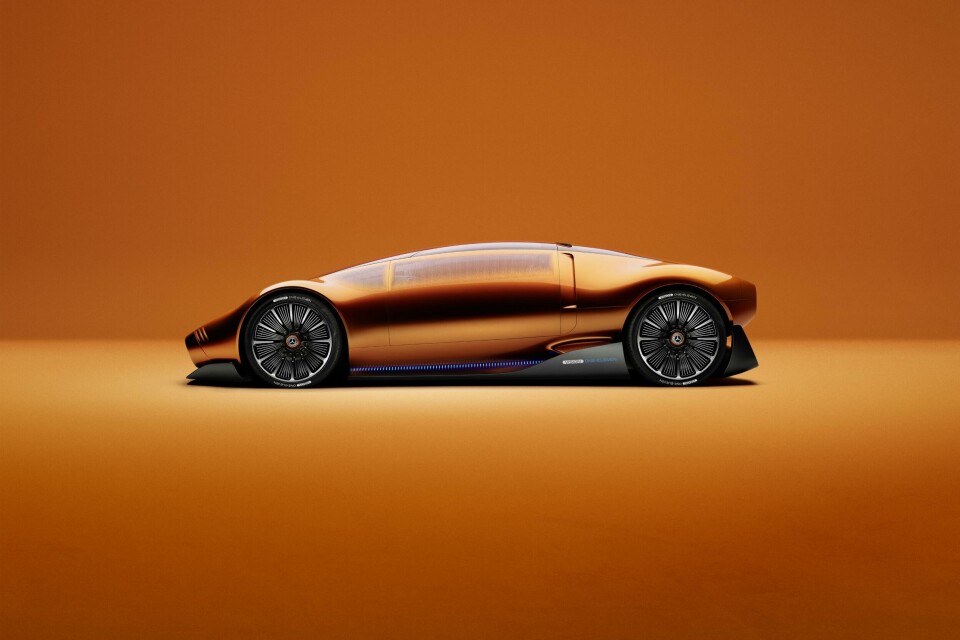
I’ve heard that there is a bit of a talent war going on. Is it a challenge to get hold of the top students these days?
To a degree, but top students don’t necessarily make top employees. Sometimes, a B-level student is the better candidate – it’s not just about top grades. Getting hold of them is probably fairly easy for us as we have a good brand image and are well known, the problem for OEMs is more about retaining them. There is a lot that goes on. When I was studying in the 90s, most car designers were completely obsessed with cars. Now there has been a shift and we are asking whether designers need to be quite so committed to just cars, or if they should have broader – or more niche – interests.



